My Favorite Tools! by Amy Lee
When it comes to tools in my studio, I have collected a lot, but lean towards a few. If you are starting out or planning a studio, my recommendation is to use the fewest tools necessary to achieve the end result desired. Pottery as a hobby or craft can be as inexpensive or expensive as you make it.
Often the best option when starting out is to join a community studio. Nothing really compares to the resources and people you will encounter in a community setting. Eventually you may want to have your own space, but something I love about clay people in general is how giving they tend to be with knowledge and even sometimes resources.
The basics:
-
How are you going to fire what you make and at what temp? If you plan to buy a kiln, my recommend for electric kilns are L&L. I have owned several electric kilns: Dinky falling apart Duncan tiny kiln (Duncan stopped making kilns in 1996 and now Paragon makes them), Bailey big cone 10 kiln, raku kilns, Skutt, and L&L’s. L&L is hands down my favorite option. For gas...Geil would be my dream plug and play gas kiln, alternatively a do-it-myself built gas kiln would be next along with a soda/wood combo. Think about both bisque and finish firing techniques...there are many options from pit firing in a Webber grill all the way to a hillside Anagama! This is a good starting article about all the Atmospheric Firing options out there.
No firing options? You can still play with air-dry clay or many of the home oven-baked polymer clays out there like Sculpey or Fimo to hone your skills!
-
Purchase some clay compatible with your firing method(s). I use different clays for different purposes. The key for functional work is to look for a clay that matures at the cone temperature you are firing to as well as has low absorption. Absorption refers to the clays nature to absorb moisture or liquids after firing to glaze temperatures. This becomes very important for work that will go through the rigors of dishwasher to microwave in the modern household kitchen. If liquids absorb - they get HOT in the microwave! Look for clays using the industry standard for tile manufacturers by ASTM of 2% or below absorption at your clays maturation cone ratings. Clay terms like plasticity, grog, sand, and color tone after firing will be each person's personal preference.
In general in the USA there are different clay manufacturers by region. It's best to find a clay that is mined/mixed/manufactured closest to you and/or has a ready supply at a local distributor.
For hand building all you really need are:
-
Your hands!
-
A flat surface (I like pre-cut 2’x2’ plywood boards from Home Depot they are easy to move around the studio as needed, fit on my ware carts/shelves, and can be leaned against walls to get them out of the way.)
-
An old knife or a fettling knife when you want to get fancy. They come in a hard or soft variety. I prefer the hard variety.
Optional items to add next would be: (many of the links below are from my closest tools and supplies supplier, but you may find another closer to you!)
-
Some birch wood slats or plastic at consistent thicknesses to keep your slabs even.
-
Templates and ideas. Pinterest! I have some boards you may like!
-
A needle tool or something sharp to score the clay with.
- A wire cutting tool - Mud Tools are hands-down the best wire-cutters out there. They don't tangle or kink or break as easily as some others.
A lot of projects - in fact a lifetime of clay projects could be accomplished just with those tools listed above and an urge to be creative.
Getting into the Hardcore Tools --
Wheels:
After these tools, now you start to get even fancier! You’ll want a wheel to start throwing if that’s the direction you desire. Get a good used wheel to start that has parts readily available. Most commercially available potters wheels like Skutt, Bailey, Brent (now owned by Amaco), Pacifica, Soldner all have been used for decades so if you find one cheap...get it. Keep in mind a new potter’s wheel that will last decades or more costs anywhere from $500-$1300. If you find one used with parts available for $250 or less that’s usually a good deal!
My favorite pottery kick-wheel is the Brent kick-wheel with motor control...sadly it's been discontinued. It was a beast to move and didn't make it in my most recent move. What I loved about this wheel was I was able to use the motor only for centering and the concrete fly-wheel below allowed me to sit finishing the pots in pure silence. I loved that! Made me feel like a true hippie being one-with-my-clay! If I had to pick-a runner-up it would be this electric wheel from Bailey Pottery. It has more motor than I'd typically know what to do with, a really large splash pan area, and smoothest pedal control next to the Soldner that I have tried.
My favorite pottery kick-wheel is the Brent kick-wheel with motor control...sadly it's been discontinued. It was a beast to move and didn't make it in my most recent move. What I loved about this wheel was I was able to use the motor only for centering and the concrete fly-wheel below allowed me to sit finishing the pots in pure silence. I loved that! Made me feel like a true hippie being one-with-my-clay! If I had to pick-a runner-up it would be this electric wheel from Bailey Pottery. It has more motor than I'd typically know what to do with, a really large splash pan area, and smoothest pedal control next to the Soldner that I have tried.
Slabroller?
There are many options to choose from, you can even build your own. Easiest is the pocket-style slab roller. :)
If hand building will be your primary work method...really consider the options. Can you raise/lower the thickness of the slabs easily? What type of space do you have and how much of it will be occupied by a slab roller? Are the rolling pin and arms enough for now or even a slap surface to flap clay slabs down as an option?
I have a small Bailey tabletop slab roller I purchased used. My plan is to pulley-system it to the ceiling to get it off my work-surface when not in use. It does what it needs to for me, but I’m not primarily a hand builder.
Before that I had a do-it-yourself built slab roller from George Weltlaufer's plans in the February 1977’s ceramics monthly that said you could build it for $99 or less. It was the wrapped wire on appliance rollers variety and did fine for 16 years when I sold it in a move.
If hand building will be your primary work method...really consider the options. Can you raise/lower the thickness of the slabs easily? What type of space do you have and how much of it will be occupied by a slab roller? Are the rolling pin and arms enough for now or even a slap surface to flap clay slabs down as an option?
I have a small Bailey tabletop slab roller I purchased used. My plan is to pulley-system it to the ceiling to get it off my work-surface when not in use. It does what it needs to for me, but I’m not primarily a hand builder.
Before that I had a do-it-yourself built slab roller from George Weltlaufer's plans in the February 1977’s ceramics monthly that said you could build it for $99 or less. It was the wrapped wire on appliance rollers variety and did fine for 16 years when I sold it in a move.
Extruder?
Not necessary in my opinion in a starting studio. Sort of a nice-to-have item perhaps. I have a Bailey wall mounted Extruder and die sets from Bailey as well. It doesn’t get used very frequently.
Other tools?
I think the best way to describe the tools I tend to use every day is through a picture of what was most recently cleaned...

Included in the pics are my top 20 tools:
-
Small hand held spray bottle - I use this every day to wet things, smooth things, apply things, clean things. It’s handy. So handy, sometimes when it’s missing it can be found in my purse!
-
Sponges. Cleaning, softening, work. My wheel work sponge favorite is from Mud Tools. It holds a lot of water, squeezes out easily, and doesn't break down as quickly as other throwing sponges.
-
Calipers. I like Lid Master style. They let you get both inside and outside sizing at the same time.
-
Clay knives - Standard beginning pottery toolkit variety. Or handmade. Kemper also makes a nice one.
-
Smooth metal rib - beginner pottery toolkit.
-
Toothed metal rib - For Scoring. Or this one, or this one. All preference. A needle tool works fine too!
-
Mud Tools Clay Shredder rasp and replacement blades.
-
Exacto knife - I like the easy-handle variety.
-
Fettling knife - talked about that one above.
-
Brushes - I do like nice number 0 brushes for fine detail or even finger nail painting brushes. I like fine brushes for detail work, and Hake Brushes for thicker glaze painting etc. I like brushes that hold a good amount of liquid but not too much as with ceramic ingredients they are likely to dry and clump quickly.
-
Needle tool - see above.
-
Yellow Shape 3 and Red Shape 0 Mud Tools Ribs. These are my two favorites, but variety is the spice of life! I really like the curve of the yellow shape 3 rib for bowls or the flat edge for flattening slabs. It's firmness is one step up from the red. I really like the Red Shape 0 for widening things from the inside of shapes both on the wheel and hand building.
-
Green Scrubbies - great for wet-sanding greenware to get all the little fingerprints, nubbies, and junkies off your pots before firing them. MUCH easier than wet-sanding at bisque state!. (Safety note: ALWAYS wet-sand if sanding at all. Your lungs will thank me.)
-
Bucket - Free from my local grocery store deli department. I don't like the pickle ones though! I don't have running water in my studio. I have not had running water in my own studio since 1995. I do just fine without running water. I find it is definitely eco-friendly and helps me to conserve my water usage. I do have a garden hose for hosing of clay-covered things outside and where I live now, freezing temps are not as frequent. One thing I have done with this setup in the past is use a 25 gallon water-pig to supplement my water needs in winter. My husband put a spigot on a 25 gallon plastic container that we filled with a hose and had a drip pan beneath the spigot, then he built a nice wood stand for it to sit on. I'll have to build one and do another post before winter in my new studio!
I wash-out clay-only buckets into my garden giving my plants some watering as needed. I keep my glaze cleaning water, and decorating water for underglazes etc. separate so they can be disposed of in the drain or toilet. -
Speedball or Creative Industries plastic batts. Not really a necessity if you learn to pull your pots off the wheel-head when wet. It's easy peasy actually with slip-free to dry hands. I learned to throw right on the wheel-head and no use of any tools but our hands to get worthy pots off the wheel. It really helps when beginning to discern which pots are keepers by using the rule-of-thumb "can I get it off the wheel?". After you progress a bit, batts come in really handy for plate and plater or larger bowl shapes where getting them off the wheel to early will not lead to their symmetry later in the process.
-
Rags - I keep one on hand for drying hands and then I keep a buck of them dirty to hose out and then wash in a washing machine. Keeping dust down in a studio means limiting use of anything that will collect dust - like fabrics.
-
Apron - My favorite apron design is by Hannah Rose Customs. She can custom make any color, fabric design to your liking and can even embroider them. I like this apron because Hannah spent several months in residency with many potter's at Star Works in North Carolina and she polled all of them for their likes and dislikes about pottery aprons. She designed this apron to be a winner for all. It is split-legged like many pottery aprons on the market, but the splits have the ability to wrap-around your angles so you are not pulling on the apron to get it in place. It just stays there! It also has a wide pocket to stick a cell phone or tools and a tool or towel ring-holder for wiping hands.
-
Wood Brayer - I use this for smoothing things, texturing things, rounding things, and most of all when I make petals for large flowers.
-
Water Bottle - I like a vacuum style that doesn't sweat in the heat and keeps my beverages nice and cold in summer or warm in winter.
-
Handmade clay reclaimer and wedging surface. (Pictured in the blog post intro.) I make these from #1 Pottery Plaster (not Plaster of Paris or Hydrostone). It has absorption of water like Plaster of Paris, but #1 Pottery Plaster is also a bit harder like Hydrostone. One side is flat which I use for wedging. Other side is concave which I use for clay reclaiming. I like this vs. a table-top wedging surface because they are portable and can move around the studio based on what I'm up-to on a particular production cycle. Beware though - plaster and clay are enemies. Any plaster fragments in your clay will blow up in the kiln...even tiny pieces. So treat plaster with care in the studio; when it breaks down - throw it out. When needing to scrape it use wood or plastic only.
These are my favorites and I hope this post will help you to think about and get started in clay too! What are your favorite tools?
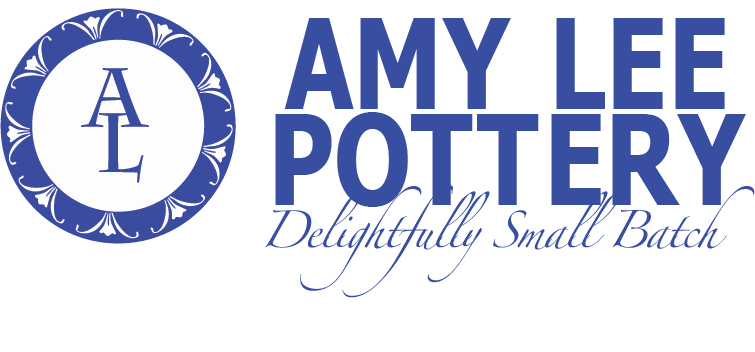
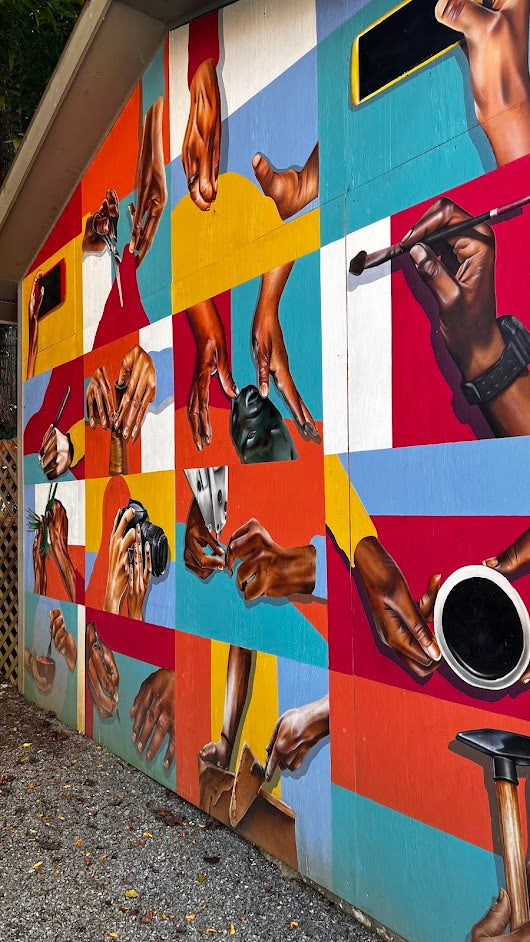
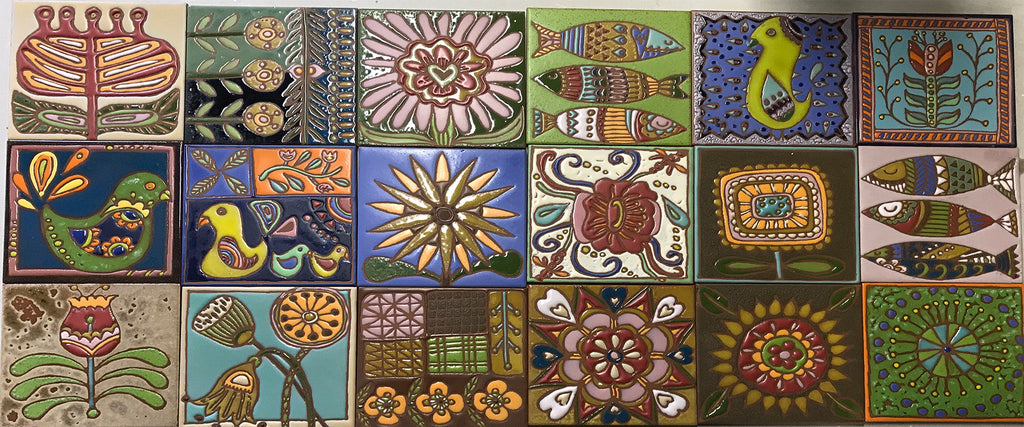
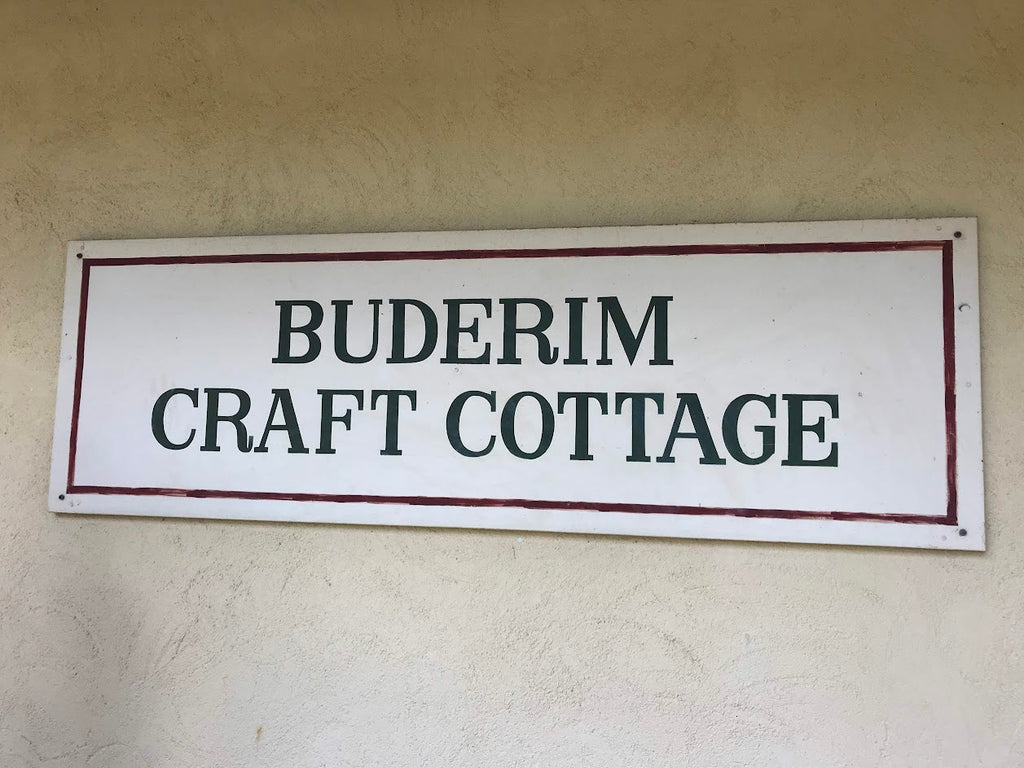
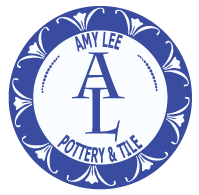

Comments (1)
I’ve been reading AllMachines to better understand loader options. Their section on JCB Loaders explains features in simple terms, while the Case Loaders page is just as informative. These pages, along with the other brand sections, make it much easier to compare and decide which equipment suits your needs best.